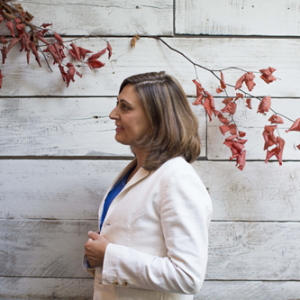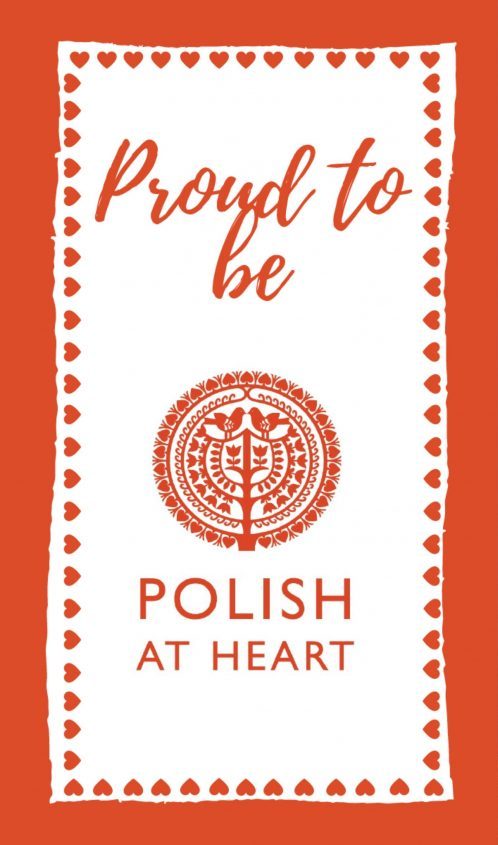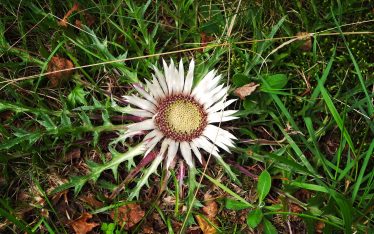As temperatures soar and official summer has begun, Polish life is very much grounded in nature and the outdoors. All the traditional and christian feasts take place in the fresh air. School term finishes in June with midsummer’s night and thoughts turn to how to spend the summer with family and friends in the countryside.
The summer months
The name for June, czerwiec comes from traditional activities and the environment as do many of the months in Poland. The insect known as czerwiec polski is the polish cochineal from which we get the colour red and can be found on the roots of the czerwiec trwały plant (scleranthus perennis or perennial knawel). It was also known as ugornik (fallow) as it was the time for arable fields to be prepared, or zok, the old Polish name for a grasshopper especially visible in June.

Of course June is followed by July – lipiec taken from the lime tree which blooms at this time, in older times called lipień, often called the linden tree with the myth of its heart shaped leaves linked to truth and love.

Followed by August – sierpień, once called sirzpień, from sierp, the sickle tool, used for the harvest. An older name was stojączka, meaning to stand, which was the position used to cut grain during the harvest month.
Children and fathers
June begins with International Children’s Day on 1st June and they leave school on the Friday of the summer solstice or the nearest one to it. Cities empty as children go on scout and youth camps throughout July.

Father’s Day is a set day – 23 June, similarly to Mother’s Day on 26 May and is taken from the tradition in the United States. It has only been observed since the 1960’s when the date was chosen to coincide with the midsummer period of celebrations.
Feasts
Early on in June, the Catholic feast of Boże Ciało (Corpus Christi) brings with it the scent of flower petals from beautiful garden blooms.

They are thrown by girls in their national costume or communion dresses, forming a multicoloured carpet on the streets before the procession of priests and parishioners.

It’s a moveable feast, as is the day of the summer solstice, which is either on 20 or 21 June bringing with it the beginning of true summer. In pagan times and still celebrated as Noc Kupały (Kupała night). In cities for St John’s Eve on 23rd June (or the nearest weekend) there are fireworks and floating lights in villages headdresses made of flowers, candles on rivers and streams. Read more about this magical night.

Nature
Grass is cut, crops start to mature. As children have left school, families go on holiday or mothers and children spend the whole of summer with their wider families in villages. Many Poles still have that link to family land which elsewhere we have lost. About 40% of Poles still live in villages which is amongst the highest percentage in the European Union whilst 25% of Poles have access to a family działka (plot of land).

The popularity of these has soared since the pandemic, as has the price, given it is traditional to spend at least weekends on the ‘działka’. This is the place for grilled sausages, sunbathing and music.
Storks

The large nests of bociany (storks) are a distinctive feature of the landscape and storks are a national symbol in Poland. Around 25% of the world population nest here in spring and summer arriving from Sub-Saharan Africa to as far south as South Africa or the Indian subcontinent. They mate in April once the nests are ready and just over a moth later the chicks are hatched, reaching independence after two and a half months so their whole childhood is spent in Poland. They fly back south in August.

Summer aura
Many of these landscapes come from the fabulous facebook page “Klimaty Podlasia” – the aura of Podlasie a region of Eastern Poland, run by Jerzy Rajecki. My father’s family come from an area close by, that belonged to Podlasie before the redrawing of boundaries. The whole area which includes the Białowieża Forest has outstanding beauty.

What comes to mind viewing these photographs is the poem by the Welsh poet W.H. Davies:
“What is this life, if, full of care, we have no time to stand and stare? No time to stand beneath the boughs and stare as long as sheep or cows : No time to see, when woods we pass, where squirrels hide their nuts in grass : No time to see, in broad daylight, Streams full of stars, like skies at night : ……”
I recently took the girl scouts on a nature walk around the local streets. We found wild raspberries and wildflowers, we looked at the trunks and shapes of trees and various fruits. I wish you the time to really see nature this summer ❤️.


 1.Tracing Family History pre-WW2
1.Tracing Family History pre-WW2 2. Tracing Family History WW2
2. Tracing Family History WW2


